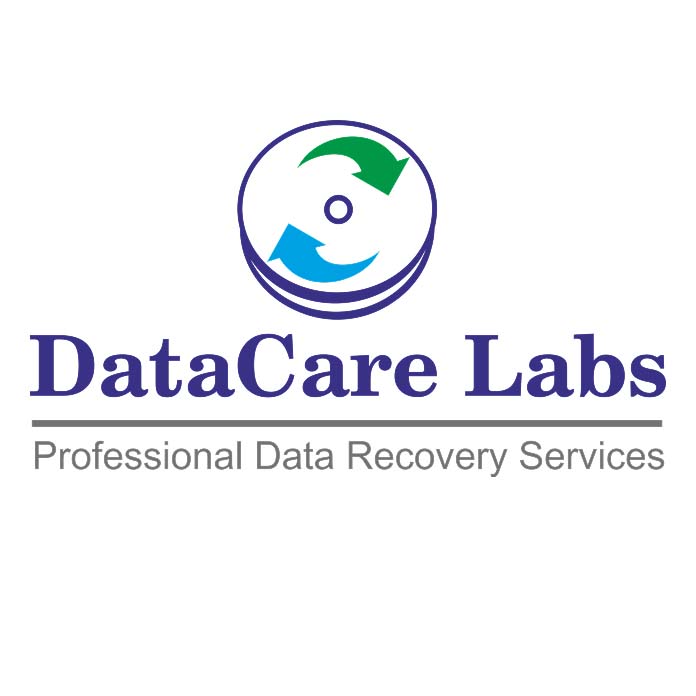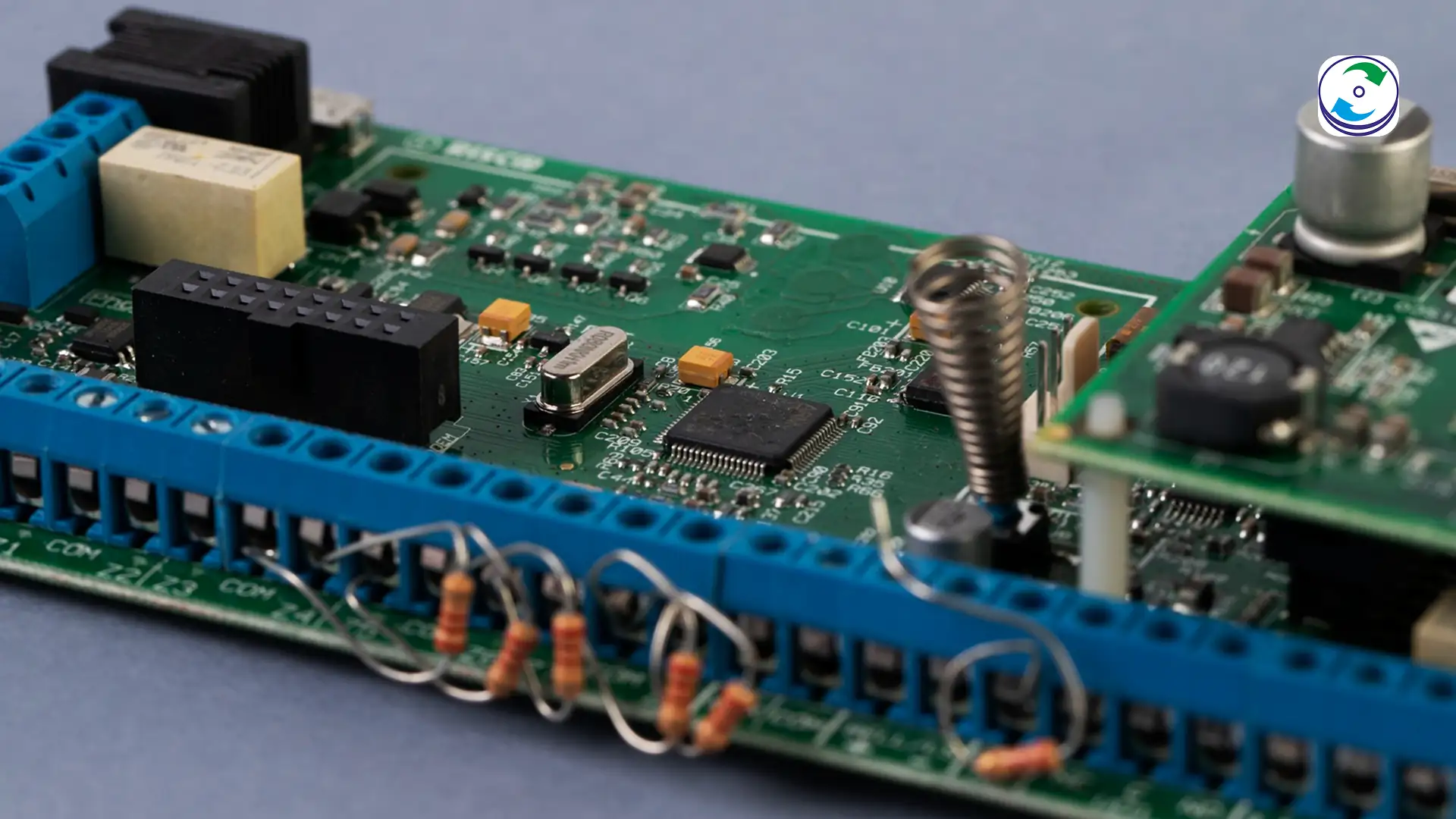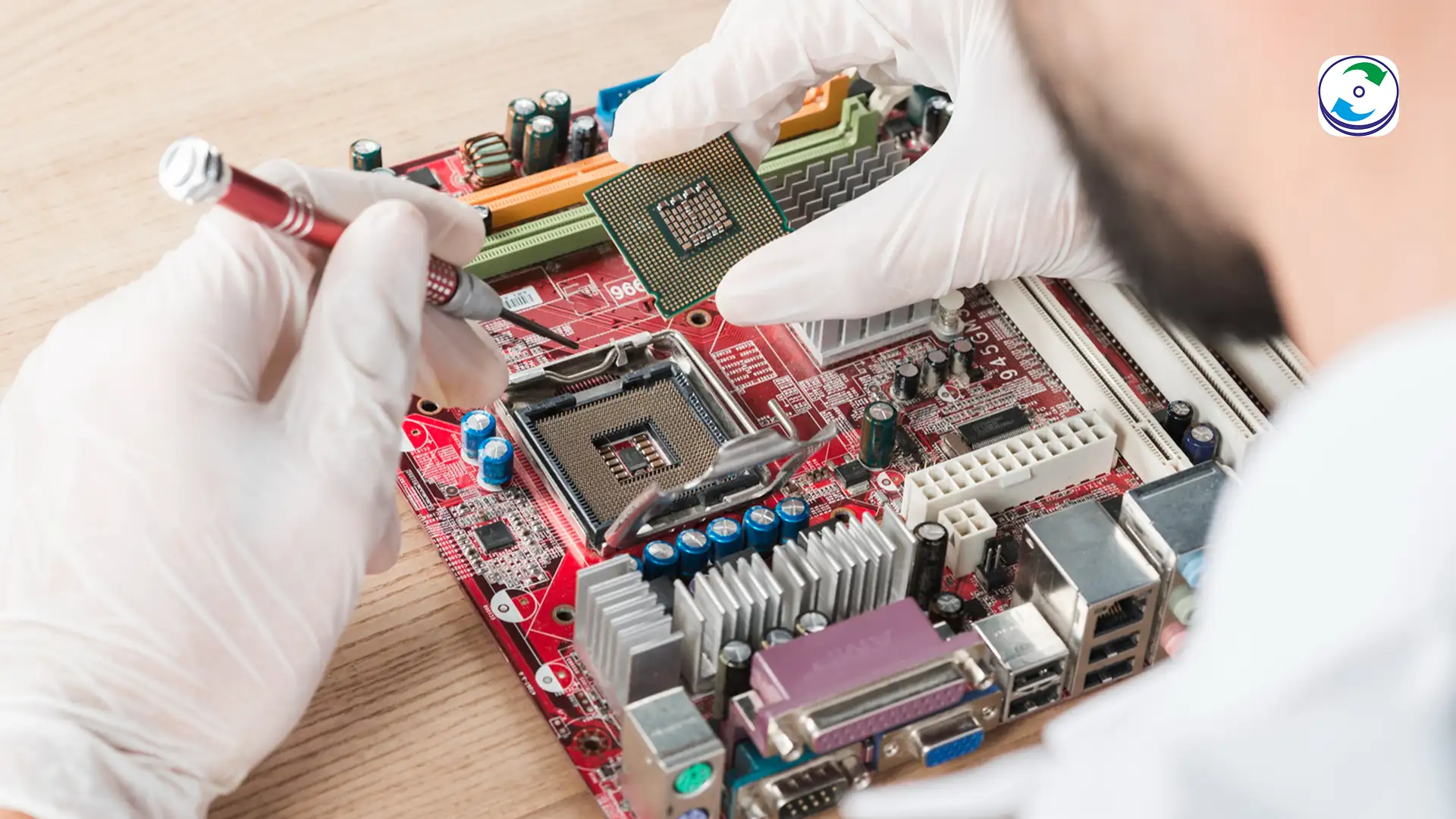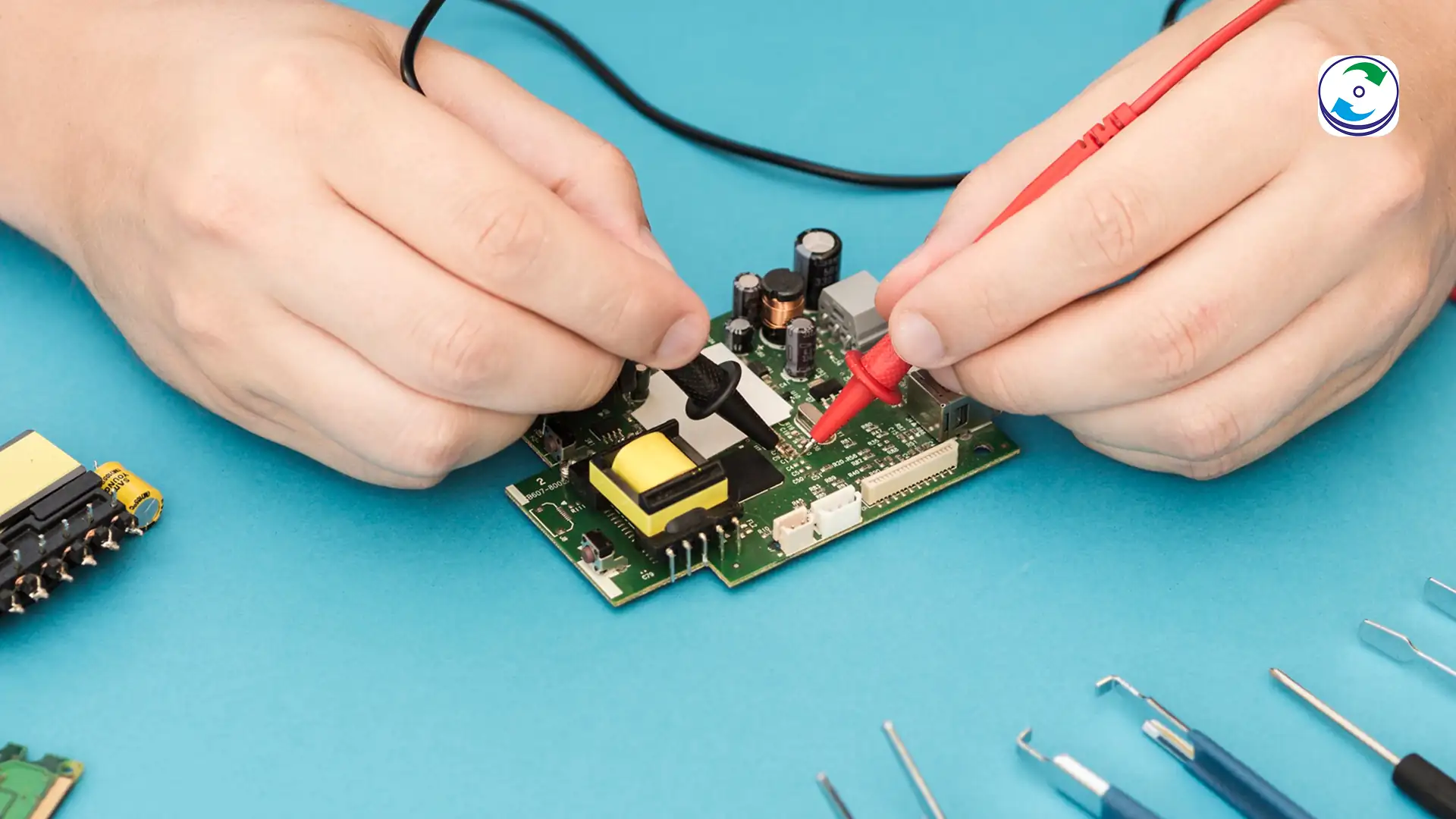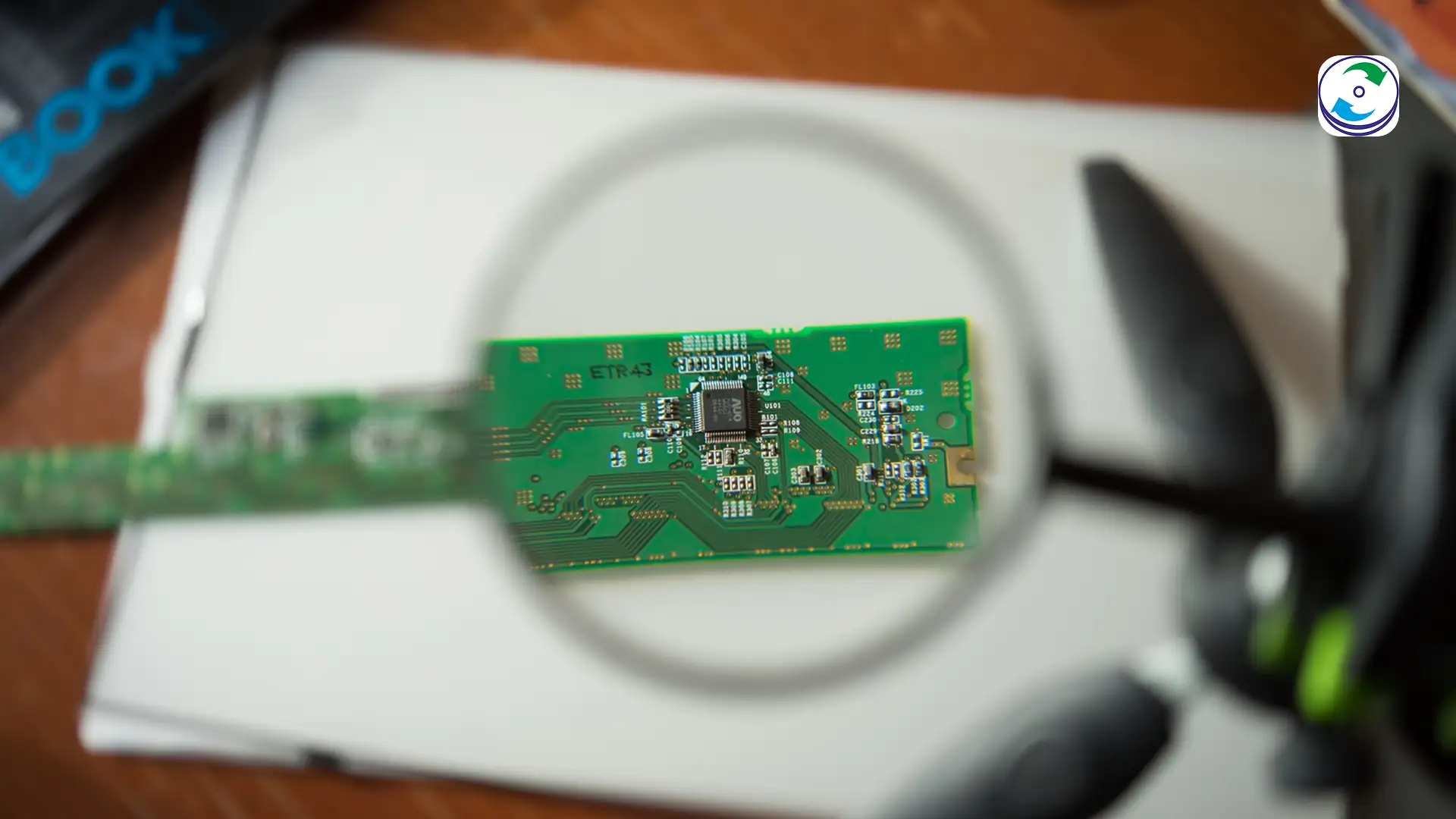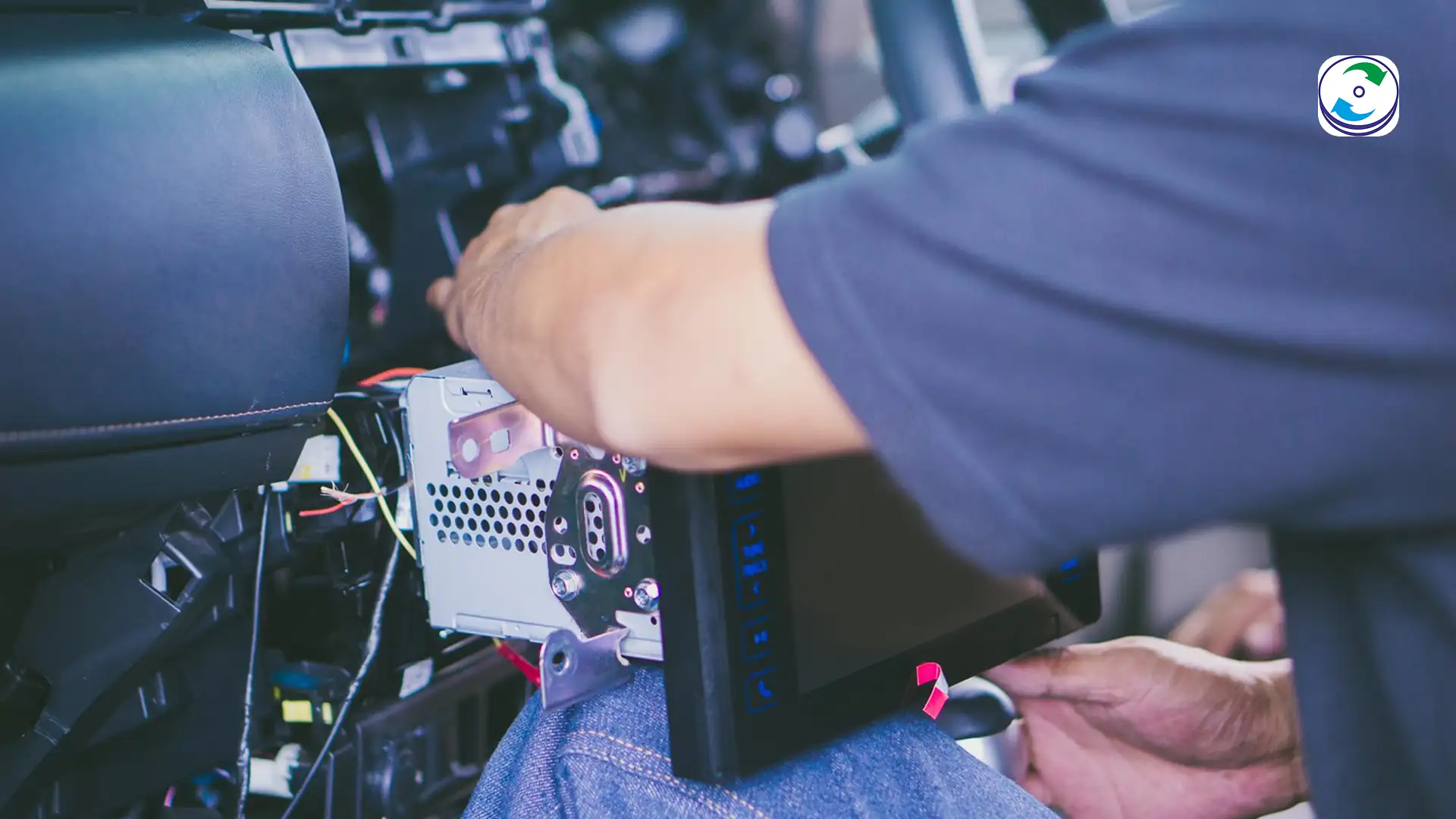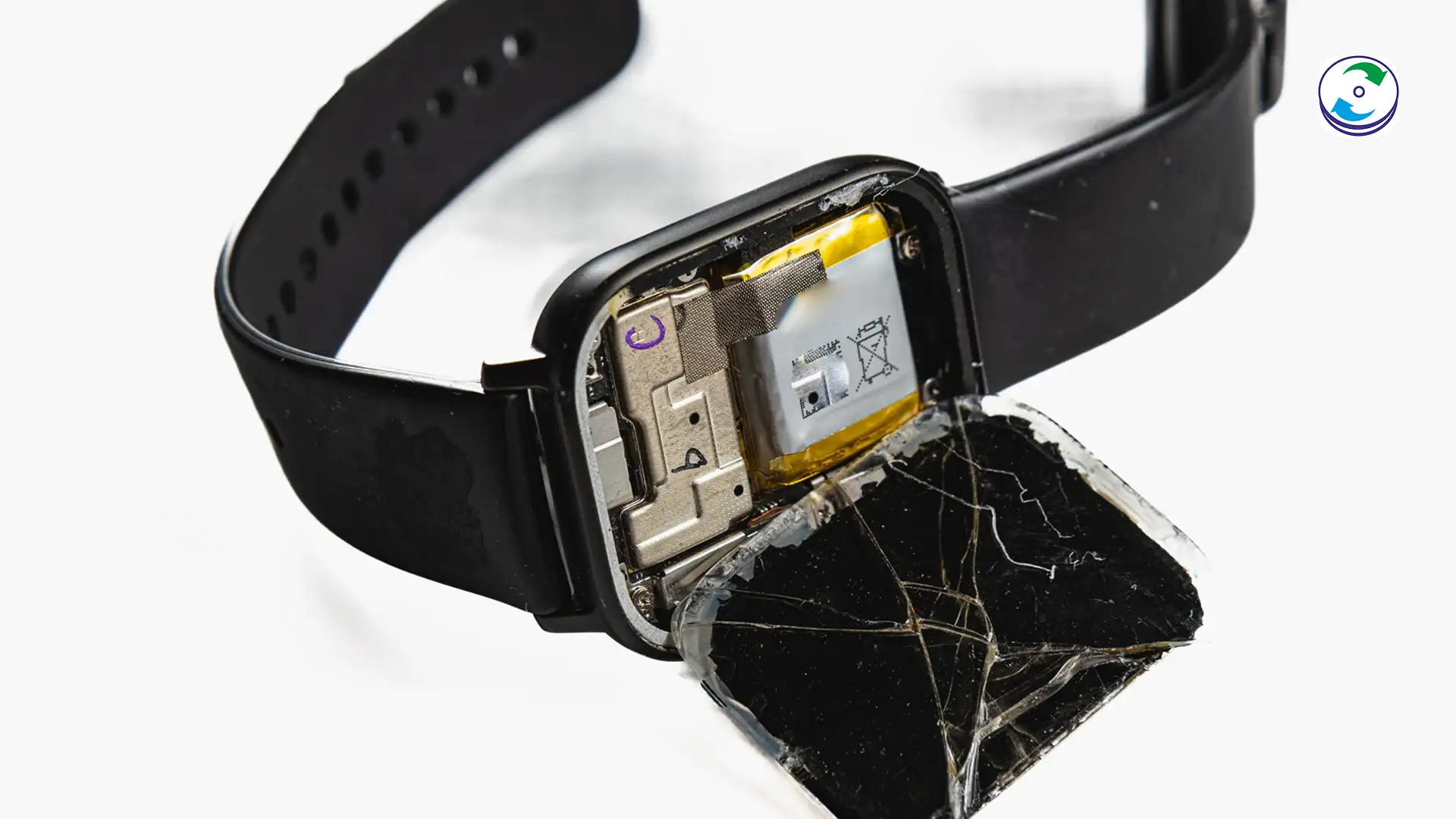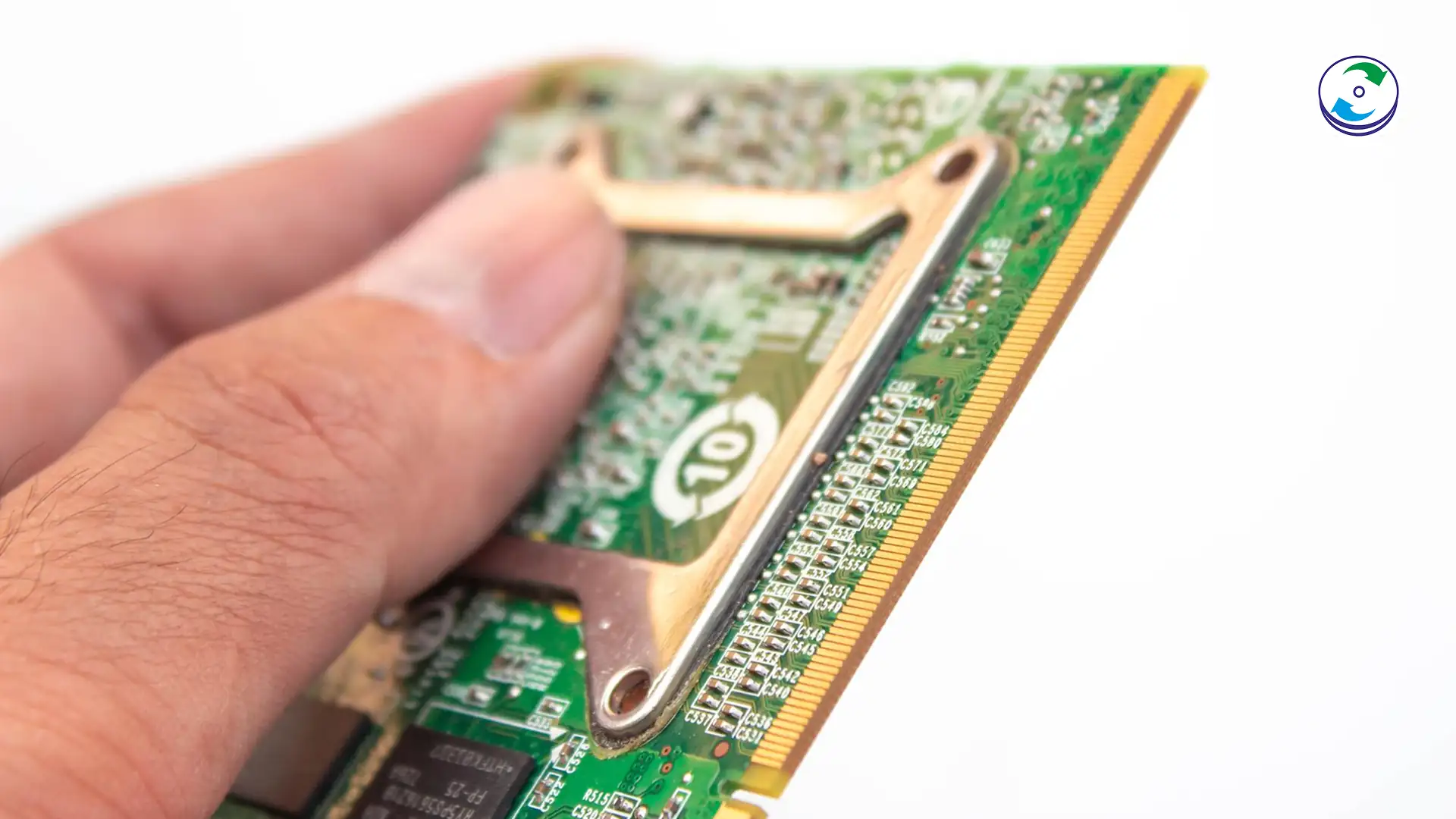Ransomware Just Hit: Your 7-Step Immediate Action Plan to Maximize Data Recovery Chances
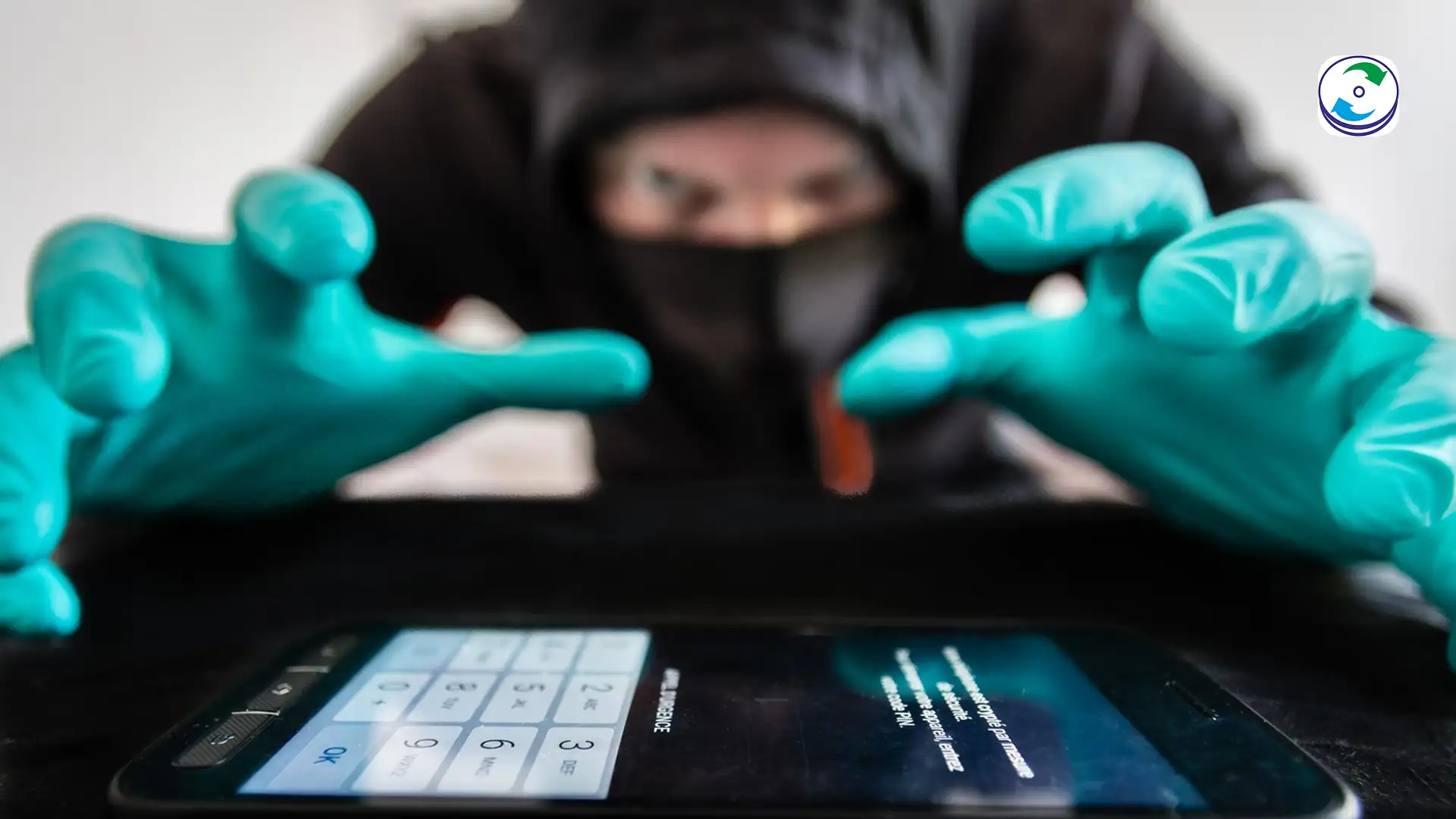
Introduction
The crisis is immediate. One moment, your network is humming with production; the next, a terrifying, immutable ransom note flashes on a central server, or every file across the shared drive suddenly has an unrecognizable, encrypted extension. You are facing a ransomware attack, and it is the single greatest threat to your corporate data—a rapidly unfolding catastrophe designed to cripple your business and extort maximum financial damage.
In the face of this digital invasion, panic is the natural response, but it is also the enemy. Your actions in the first minutes and hours after detection are not just critical—they are often the sole determinant of whether you face a total, unrecoverable loss or a successful, forensically sound recovery. Every mouse click, every attempted reboot, and every minute of delay risks allowing the ransomware to traverse your network, destroy crucial evidence, and encrypt your last remaining backups.
At DataCare Labs, we specialize in forensic recovery that begins at the moment of infection. This comprehensive, 7-step action plan is the essential counter-protocol you must execute immediately to contain the threat, preserve the digital evidence, and establish the only viable pathway back to your critical data.
Phase 1: Urgent Containment and Isolation
The goal of Phase 1 is simple: stop the bleed. Modern ransomware variants are designed for speed, utilizing worm-like capabilities to move laterally across firewalls, exploit network shares, and target backup systems before administrators can react.
Step 1: Physically Disconnect the Infected System (Pull the Plug!)
This is the most critical and often overlooked action.
-
Action: Immediately unplug the network cable and disable Wi-Fi on the infected computer or server. If the infection is on a critical server, physically disconnect it from the network switch.
-
Rationale: Do not rely on a software shutdown or disabling the connection through the operating system. The ransomware may have already modified the OS to maintain a command-and-control channel or continue encryption while shutting down. Physically disconnecting the device severs the connection instantly, preventing the malware from encrypting backups, compromising other hosts, or deleting shadow copies on connected machines. This immediate air-gap is your first line of defense against widespread lateral movement.
Step 2: Isolate the Entire Segment
Ransomware rarely attacks alone. It uses compromised credentials and vulnerabilities to jump laterally.
-
Action: Work with your IT security team (or outsourced provider) to isolate the entire network segment or Virtual Local Area Network (VLAN) where the infection originated. Change the firewall rules to block all internal and external communication to and from that segment.
-
Rationale: Even if you disconnect the initially compromised machine, other hosts may already be compromised or in the process of downloading the malicious payload. Isolating the segment minimizes the potential attack surface and prevents the ransomware from reaching high-value targets like domain controllers, core databases, and especially your immutable backup repositories.
Step 3: Document Everything for the Forensic Timeline
Evidence preservation starts now, before any recovery attempt. This documentation is crucial for both forensic analysis and potential insurance or legal claims.
-
Action: Take photographs of the entire screen displaying the ransom note, the file directory showing the unique encrypted file extensions, and any error messages. Note the exact time of detection, the specific user account logged in, and the name/model of the first system known to be infected. Use another, clean device (like a smartphone) for documentation.
-
Rationale: Forensics requires a precise timeline. The attackers’ ransom note often contains a cryptocurrency address or a dark web address—these are critical indicators for identifying the specific ransomware family and can inform potential decryption strategies. Documenting the original state of the compromised system is necessary to determine the Initial Access Vector (IAV).
Phase 2: Evidence Preservation and Forensic Engagement
Once containment is achieved, the focus shifts to preserving the evidence needed for a legally admissible recovery. Any failure here can render recovered data useless for legal purposes or prevent decryption entirely.
Step 4: Do NOT Attempt Decryption or Payment
This is the most common mistake made by frantic administrators, and it risks catastrophic, irreversible loss.
-
Action: Absolutely do not pay the ransom and do not attempt to run any decryption tools found online.
-
Rationale: Paying the ransom funds a criminal enterprise, offers no guarantee of data return (attackers often don’t provide a working key, or the key only partially works), and marks your organization as an easy target for future attacks. Furthermore, public decryption tools are often ineffective against modern variants and can sometimes cause further corruption to the encrypted file headers, making the eventual professional recovery impossible. Engaging a specialist first allows for a forensic assessment of the decryption feasibility.
Step 5: Perform a Forensic Power-Down (Preserve RAM)
The manner in which you shut down the infected machine is critical, as it determines whether valuable evidence held in volatile memory is destroyed.
-
Action: Once the system is completely isolated (Steps 1 & 2), perform a hard power-off (press and hold the physical power button for several seconds, or pull the plug on the isolated device). Do NOT perform a normal, graceful shutdown.
-
Rationale: A graceful shutdown allows the operating system to clear its memory (RAM), close processes, and potentially overwrite system logs. The RAM often holds crucial volatile data, including in-memory malware components, active process keys, and partial decryption keys that could be vital for forensics. By performing a hard power-off, this volatile memory state is preserved for later analysis (memory capture is a specialized forensic technique, but the primary benefit is preventing overwrites).
Step 6: Secure the Media and Establish Chain of Custody
Your failed server or infected laptop is now a piece of evidence. It must be treated as such.
-
Action: Immediately remove the affected hard drives or SSDs. Place each drive into a labeled anti-static bag. Label the media with the date, time of removal, and the system name. Begin logging the Chain of Custody document, noting who removed the drive, when, and where it is stored.
-
Rationale: This process is crucial for two reasons: (1) It prevents further physical damage or data modification, and (2) it establishes the legal Chain of Custody. If any data is recovered and later needed for insurance claims or legal action, the CoC proves to the court that the evidence was not tampered with, ensuring its admissibility. This step transfers liability from the IT environment to the physical security protocol.
Phase 3: Expert Remediation and Certified Recovery
With the threat contained and the evidence secured, it’s time to call in the specialists.
Step 7: Engage Forensic Data Recovery and Incident Response Specialists
A successful resolution requires a multi-disciplinary team. DataCare Labs acts as your primary partner for the forensic investigation and subsequent recovery planning.
-
Determine Ransomware Variant: Our specialists analyze the encrypted files and ransom note to identify the exact ransomware strain, determining if a public or private decryption key is available. This step is non-negotiable before attempting any recovery.
-
Hunting for Backdoors: Before any restoration from backups, our forensics team verifies that the attacker did not leave behind any persistent access methods (Trojans, rootkits, or hidden user accounts) to facilitate a future re-infection. Restoring from a clean backup without this step often leads to a quick, devastating relapse.
-
Validate Backup Integrity: We forensically examine your last-known good backups to ensure the ransomware did not silently corrupt or encrypt the files before the ransomware was detected. Attempting to restore from a corrupted backup will instantly destroy your clean systems.
-
Data Recovery from Damaged Files: Even with a decryption key, the ransomware process often damages file headers or uses flawed encryption algorithms, leaving corrupted files. We specialize in repairing file systems and reconstructing damaged files after the decryption process.
The Imperative of Professional Intervention
The ransomware crisis is a testament to the digital security challenge. Do not allow urgency to lead to irreversible loss. Your immediate, forensic response plan is the single most valuable tool in your defense.
By acting fast to contain the threat and engaging certified forensic specialists, you move from a state of paralysis to one of controlled recovery. Do not trust generic software or the attackers’ promise. Trust verified forensics and certified data recovery.
If you have been hit by ransomware, contact DataCare Labs immediately to initiate our emergency protocol and secure your pathway back to business continuity.

